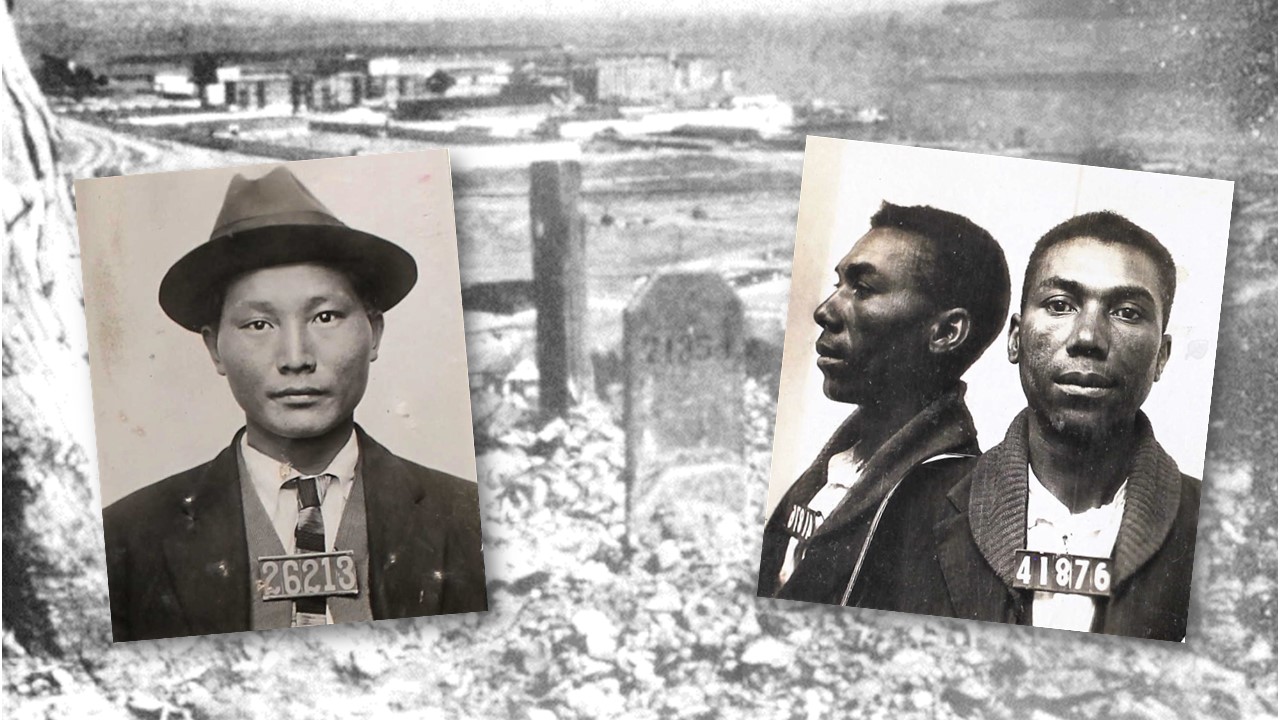As part of the Cemetery Tales series, Inside CDCR takes a closer look at the stories behind two wooden grave markers at the San Quentin Prison Museum.
Ranch worker’s fate is hangman’s rope
At the turn of the last century, Staten Island in the Sacramento-San Joaquin River Delta was home to the Eagle Tree Ranch. Today, the island is a preserve.
In 1912, while hiding in a grove of willow trees, Lee Nam Chin waited for a his employer’s wagon to pass. Kim Yuen, a fellow Korean immigrant and Chin’s employer, was killed when the disgruntled employee opened fire.
Chin fled but was arrested days later at Walnut Grove while waiting to catch a boat. The trial was quick with Chin receiving the death penalty.
“No sooner had Lee Nam Chin been informed through an interpreter that the date for his execution had actually been set that he shook like a leaf and he had to be assisted from the court room to the jail,” reported the Stockton Independent, Jan. 3, 1913. “Following a quarrel, the accused man lay in wait for Kim Yuen. When he passed on a wagon, (Chin ambushed him).”
His lawyers appealed, claiming circumstantial evidence. Then, the lawyers filed a motion for a new trial. The case ended up at the state Supreme Court. In the end, Chin lost and was sent to San Quentin, where he was assigned inmate number 26213.
Chin was hanged at 10 a.m., April 17, 1914, and buried in the San Quentin State Prison cemetery.
Burglary earns Arthur Rose 5-to-life sentence
The second wooden grave marker bears the number 41876, assigned to 37-year-old Arthur Rose when he was received at San Quentin on March 7, 1926.
There are few details available regarding Rose. He was a laborer sentenced out of San Joaquin County.
“Arthur Rose, charged with entering a cabin six miles west of Stockton with intent to commit larceny, was sentenced to San Quentin,” reported the Stockton Independent, March 2, 1926.
Rose passed away April 21, 1930. The notation in prison records indicates he “died in hospital.”
By Don Chaddock, Inside CDCR editor
Learn more about California prison history.
Follow CDCR on YouTube, Facebook, X (formerly Twitter). Listen to the CDCR Unlocked podcast.
